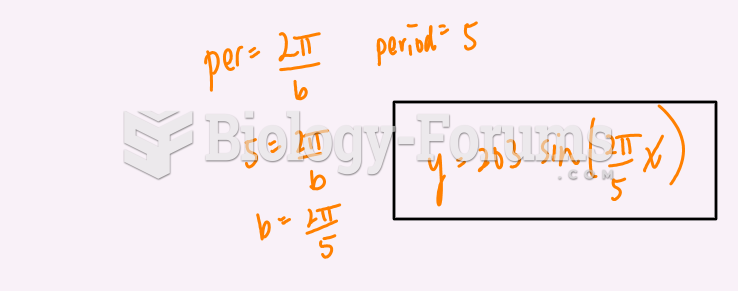Matching
1. Delinquency
2. Status offense
3. Neglect
4. Dependency
5. Legal function
6. Social services function
7. Sight and sound separation
8. Guardian ad litem
9. Adjudicatory hearing
10. Predisposition report
a. Parallels a criminal court presentence report
b. Parallels a criminal trial without a jury
c. Usually appointed to act as an advocate for the child
d. Requires juveniles to be housed separately from adult offenders
e. Involves an assessment of the childs situationhome, school, physical, and psychologicaland can provide the basis for adjusting the case, that is, handling it informally without the filing of a petition
f. Requires that the PO determine whether the juvenile court has jurisdiction and also requires that the child and parents be advised of the right to counsel and the right to remain silent during the intake conference
g. Juvenile case handling children who do not have parents or guardians available to provide proper care
h. Juvenile case handling children who are subjected to neglect or abuse by parents or guardians
i. Juvenile case handling behavior that, if engaged in by an adult, would not constitute a crime but (in accord with parens patriae) provides the basis for governmental intervention, for example, demonstrating chronic truancy, being beyond the control of parents or guardians, or running away
j. Juvenile case handling behavior that, if engaged in by an adult, would constitute a crime
Question 2
_________ is the planned release of a juvenile from a residential placement (group home, residential treatment center, training school) to supportive services in the community.
Fill in the blank(s) with the appropriate word(s).







